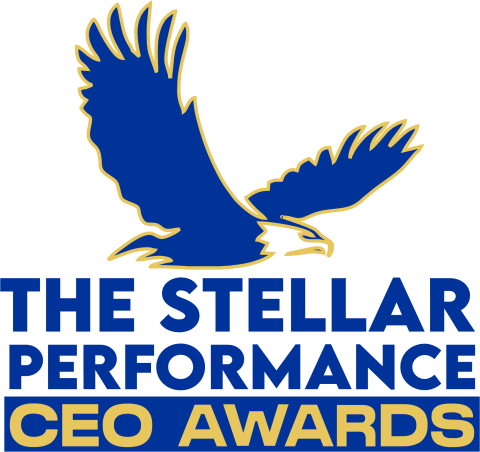CEO Lifestyle
Mastering Time Management: The CEO’s Guide to Productivity
Time is an invaluable resource for CEOs, who often find themselves juggling multiple responsibilities and high-pressure tasks. To excel in leadership and drive business success, mastering time management is essential. In this section, we explore effective strategies for prioritization and delegation, as well as the art of cultivating work-life balance in high-pressure environments.
- Prioritization Strategies for CEOs
As a CEO, it’s crucial to discern between tasks that demand immediate attention and those that can wait. Here are some effective prioritization strategies to maximize productivity:
Eisenhower Matrix: Categorize tasks into four quadrants based on urgency and importance – Do First (Urgent & Important), Schedule (Important but Not Urgent), Delegate (Urgent but Not Important), and Eliminate (Not Urgent & Not Important). Focus on tasks in the “Do First” quadrant to address critical matters promptly.
ABC Method: Assign priorities to tasks using the letters A, B, and C. “A” tasks are high-priority, “B” tasks are medium-priority, and “C” tasks are low-priority. Start with the “A” tasks and proceed accordingly.
Time Blocking: Allocate specific time blocks for different tasks, meetings, and projects. This approach helps minimize distractions and ensures dedicated focus on each activity.
- The Art of Delegation
Delegation is a cornerstone of effective leadership, allowing CEOs to leverage the expertise of their teams and concentrate on strategic decision-making. Here are some tips for mastering the art of delegation:
Identify Strengths: Understand the strengths and weaknesses of your team members. Delegate tasks that align with their skill sets to ensure efficiency and quality outcomes.
Clear Communication: Clearly communicate the objectives, expectations, and desired outcomes of delegated tasks. Provide the necessary resources and support to empower your team.
Trust and Accountability: Trust your team members to execute delegated tasks and offer support when needed. Foster a culture of accountability to ensure everyone takes ownership of their responsibilities.
- Cultivating Work-Life Balance in High-Pressure Environments
As CEOs, work demands can often spill into personal life, making work-life balance challenging. However, achieving balance is essential for maintaining well-being and sustainable success. Here are some practices to cultivate work-life harmony:
Set Boundaries: Establish clear boundaries between work and personal time. Avoid checking work emails or taking calls during personal hours, allowing yourself to recharge and be fully present with loved ones.
Practice Mindfulness: Incorporate mindfulness techniques like meditation, deep breathing, or yoga into your daily routine. Mindfulness helps reduce stress and enhances focus and decision-making abilities.
Scheduling Downtime: Make time for activities that bring you joy and relaxation, whether it’s spending time with family, pursuing hobbies, or engaging in outdoor activities. Schedule downtime just as you would schedule business meetings.
Delegate Personal Tasks: Where possible, delegate personal tasks that may consume your time and energy. Outsourcing household chores or administrative duties can free up valuable time for other pursuits.
Remember, as a CEO, your well-being and state of mind significantly impact your organization’s performance. By mastering time management, delegation, and work-life balance, you can lead with clarity, efficiency, and a renewed sense of purpose.
Stay tuned for more insights and inspiration from Stellar Performance CEO Magazine!

